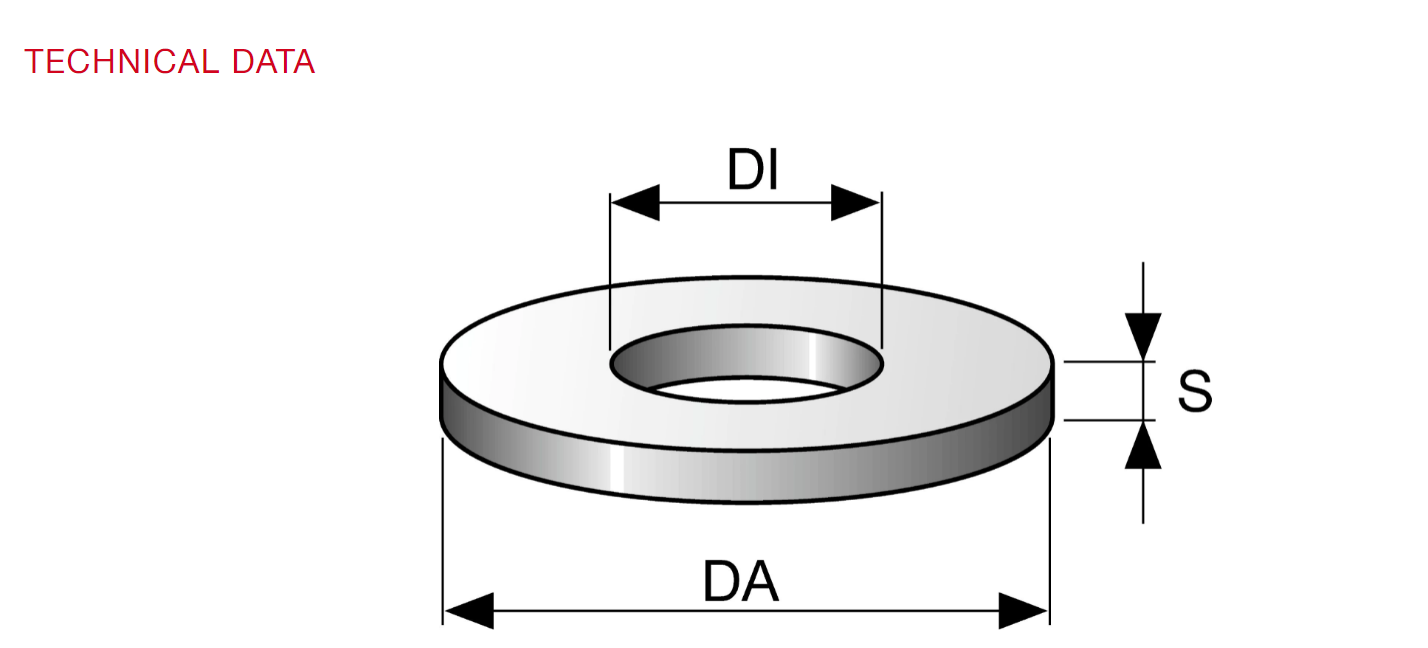Feb. . 13, 2025 14:02
Back to list
csk head self tapping screw
Understanding self-tapping screw sizes is crucial for anyone looking to engage in construction, whether at a professional or hobbyist level. These screws, known for their versatility and unique threading capability that allows them to tap into materials without pre-drilling, have become an essential component in various projects. However, choosing the correct size can be daunting, given the wide array of options available. This guide aims to demystify self-tapping screw sizes, ensuring you select the right product for your needs, enhancing both your project's integrity and efficiency.
Head Styles The head style of self-tapping screws affects both the appearance and functionality of the fastener. Common head types include flat, pan, and hex heads. Flat-head screws are optimal for countersinking applications, where a flush surface is desirable. Pan heads provide a higher torque capability, suitable for tighter fastenings, whereas hex heads are designed for high-torque installations or where manual tools like spanners and sockets are used. Material and Coating Material choice affects both performance and longevity. Self-tapping screws are often made from steel, stainless steel, or brass. Steel screws, while strong, may rust in outdoor applications unless they have a rust-resistant coating like zinc or are made from galvanized steel. Stainless steel screws offer excellent resistance to corrosion, making them ideal for outdoor or marine use, while brass screws are favored for their aesthetic and corrosion-resistant properties. Incorporating these factors when selecting the right self-tapping screw ensures that your project will benefit from enhanced durability and strength. For professional advice, consulting technical datasheets provided by manufacturers can offer insights into the specific applications and limits of each screw type. Furthermore, leveraging feedback and expert opinions in forums and professional networks can offer real-world insights and recommendations based on similar applications. To cement trust and improve your selection process, engage with suppliers who offer comprehensive product information and technical support. This approach not only elevates your project quality but also aligns with sustainable practices by ensuring resources are used optimally without excess waste. In conclusion, understanding the detailed aspects of self-tapping screw sizes, from diameter to material, plays a vital role in ensuring project success. With careful consideration and expert guidance, self-tapping screws can be effectively used in various applications, offering reliable, long-lasting solutions.


Head Styles The head style of self-tapping screws affects both the appearance and functionality of the fastener. Common head types include flat, pan, and hex heads. Flat-head screws are optimal for countersinking applications, where a flush surface is desirable. Pan heads provide a higher torque capability, suitable for tighter fastenings, whereas hex heads are designed for high-torque installations or where manual tools like spanners and sockets are used. Material and Coating Material choice affects both performance and longevity. Self-tapping screws are often made from steel, stainless steel, or brass. Steel screws, while strong, may rust in outdoor applications unless they have a rust-resistant coating like zinc or are made from galvanized steel. Stainless steel screws offer excellent resistance to corrosion, making them ideal for outdoor or marine use, while brass screws are favored for their aesthetic and corrosion-resistant properties. Incorporating these factors when selecting the right self-tapping screw ensures that your project will benefit from enhanced durability and strength. For professional advice, consulting technical datasheets provided by manufacturers can offer insights into the specific applications and limits of each screw type. Furthermore, leveraging feedback and expert opinions in forums and professional networks can offer real-world insights and recommendations based on similar applications. To cement trust and improve your selection process, engage with suppliers who offer comprehensive product information and technical support. This approach not only elevates your project quality but also aligns with sustainable practices by ensuring resources are used optimally without excess waste. In conclusion, understanding the detailed aspects of self-tapping screw sizes, from diameter to material, plays a vital role in ensuring project success. With careful consideration and expert guidance, self-tapping screws can be effectively used in various applications, offering reliable, long-lasting solutions.
Latest news
-
Top Choices for Plasterboard FixingNewsDec.26,2024
-
The Versatility of Specialty WashersNewsDec.26,2024
-
Secure Your ProjectsNewsDec.26,2024
-
Essential Screws for Chipboard Flooring ProjectsNewsDec.26,2024
-
Choosing the Right Drywall ScrewsNewsDec.26,2024
-
Black Phosphate Screws for Superior PerformanceNewsDec.26,2024
-
The Versatile Choice of Nylon Flat Washers for Your NeedsNewsDec.18,2024
Related News










